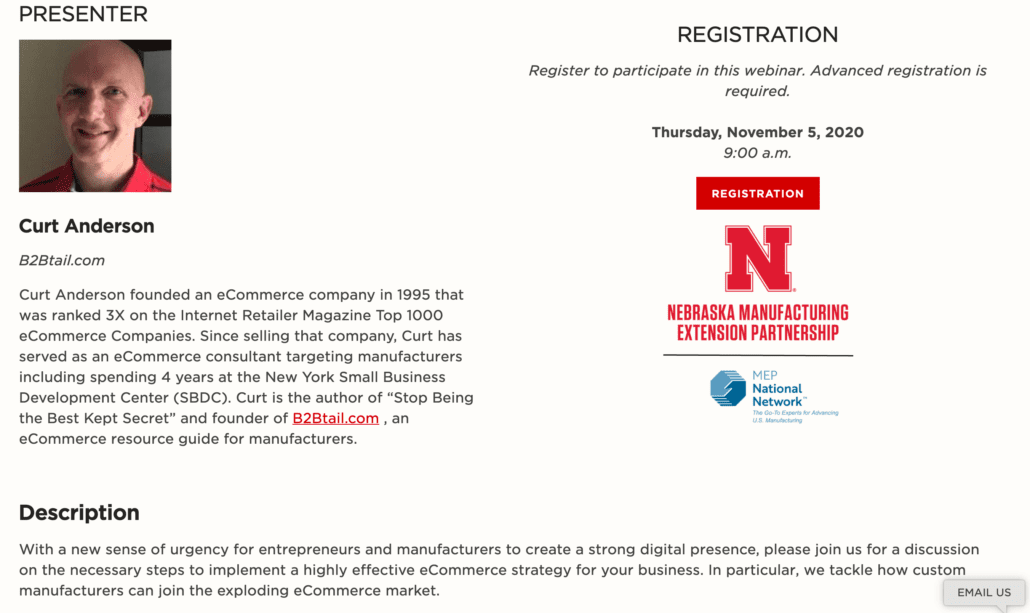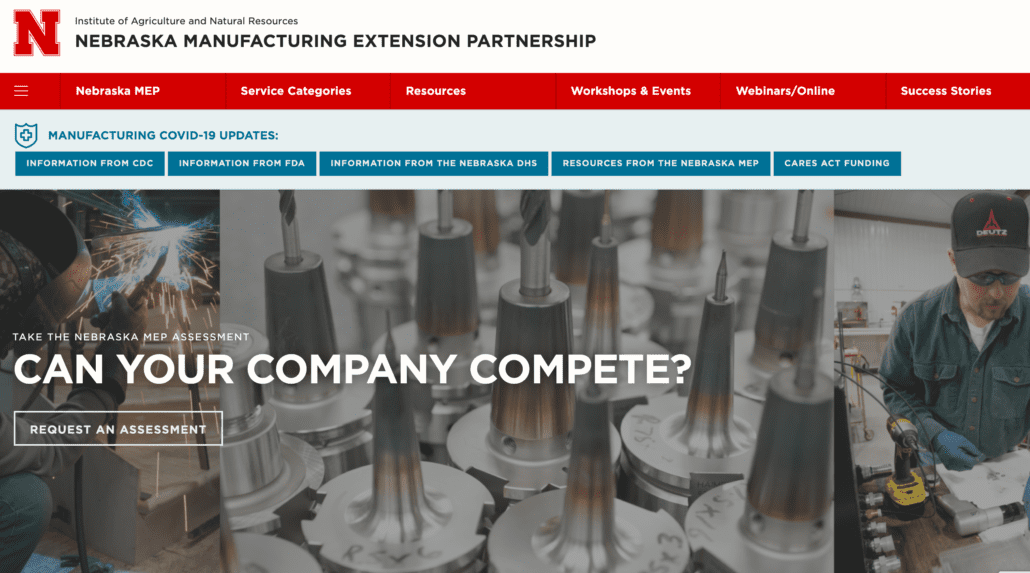Are you stretching out for your Digitalization Sprint?
Your role as a manufacturing expert allows you to exhaust your energy and passion with making goods as efficiently, effectively and profitably as possible. You have outstanding systems in place and have been crushing it for years.
However, someone “Moved Our Cheese” in 2020. Now what do we do?
In my humble opinion, with no trade shows and sales reps grounded, it’s time to go all in with eCommerce.
Though 2020 hit us with many challenges, tons of enormous opportunities lie ahead for your business in 2021.
Digitalization Sprint
For example, the U.S. Alibaba.com team conducted a mind-blowing survey that included over 5000 small U.S. manufacturers. Guess what?
The survey determined that as a manufacturer you are digitizing your business twice as fast as other industries. How cool is that?!
Of all of the encouraging responses in the Alibaba survey, the one that stood out the most:
- SMBs are optimistic about their business with 85% saying they are confident about the future of their business.
Thanks to wonderful relationships built with various Manufacturing Extension Partnerships (MEPs) around the country, I have the privilege of speaking with manufacturers all over the U.S.
Related: DRIVE BIG CHANGE: Manufacturing E-Commerce Success Webinar
The resiliency found this year with U.S. manufacturers is an extraordinary source of inspiration. THANK YOU for your relentless drive to fight through 2020.
As you continue that fight and explore new opportunities for your business, eCommerce as a sales tool delivers extremely powerful results.
Especially since the B2B eCommerce market is truly in the infant stages. The party is just getting started.
However, your competition is in the same boat with making that Digital Sprint.
The question isn’t if your competition is making a digital transformation. The question is, “who is going to do it BETTER and more effectively?”
Think about this, your website is your 24 sales representative and reveals the FIRST impression of your business. Especially since making that great first “Webpression” is critical.
My preach: “Help that ideal customer make a buying decision on Friday night at midnight without waiting for you to open your doors on Monday.”
Digitalization Sprint for 2021
So let’s make a pact to double down on your Digital Strategy for 2021:
- Join Online Marketplaces: For example, Alibaba.com allows custom manufacturers the opportunity to join the eCommerce party even for those who don’t posses a proprietary product or finished good.
- Deliver consistent content that includes valuable product information to help educate those ideal buyers.
- Videos, Videos, as well as Videos: Did I mention to start posting videos?
- Scale Your Proprietary Process with eCommerce: Think Configurators, Customizers as well as Quote Tools.
- Shorten the supply chain with “Manufacturer Direct” eCommerce opportunities.
- Maximize LinkedIn: Millions of potential B2B customers are also waiting for you!
- Attack your keywords on Google: Niche down for better results!
In addition, as you start out on your digitalization sprint and continue conquering challenges thrown your way, we wish you MASSIVE success in 2021.
Lastly, please stop by the FREE Manufacturing eCommerce Success webinar series – every Friday at 1:30 EST – to learn from B2B eCommerce experts dedicated to helping guide your eCommerce journey.
Wrapping It Up
Finally, thank you for reading & we wish you tremendous success with your blogging journey!
For additional information, please check out these helpful posts below as you continue your eCommerce journey:
- You Have Only One Chance to Make an Outstanding First Webpression
- 25 Blog Topics for Manufacturers Eager to Start Blogging
- Hey Manufacturers, Fighting to Dominate Search is the Name of the Game






 Relationship Selling in 2021
Relationship Selling in 2021 Maximize the Incredible Business Opportunities Waiting for You on LinkedIn
Maximize the Incredible Business Opportunities Waiting for You on LinkedIn Marketing Automation: time saving tools and tricks for digital marketing savvy manufacturers
Marketing Automation: time saving tools and tricks for digital marketing savvy manufacturers Video & the Buyer’s Journey: Producing and publishing video content with context
Video & the Buyer’s Journey: Producing and publishing video content with context Getting the Most Out of Google Ads: Understanding the fundamentals, and how manufacturers can leverage PPC for success
Getting the Most Out of Google Ads: Understanding the fundamentals, and how manufacturers can leverage PPC for success CRM: 10 Ways to Build Total Adoption Instead of Abandonment
CRM: 10 Ways to Build Total Adoption Instead of Abandonment How to Develop Blog Topics & Keywords for a Niche Industry
How to Develop Blog Topics & Keywords for a Niche Industry












